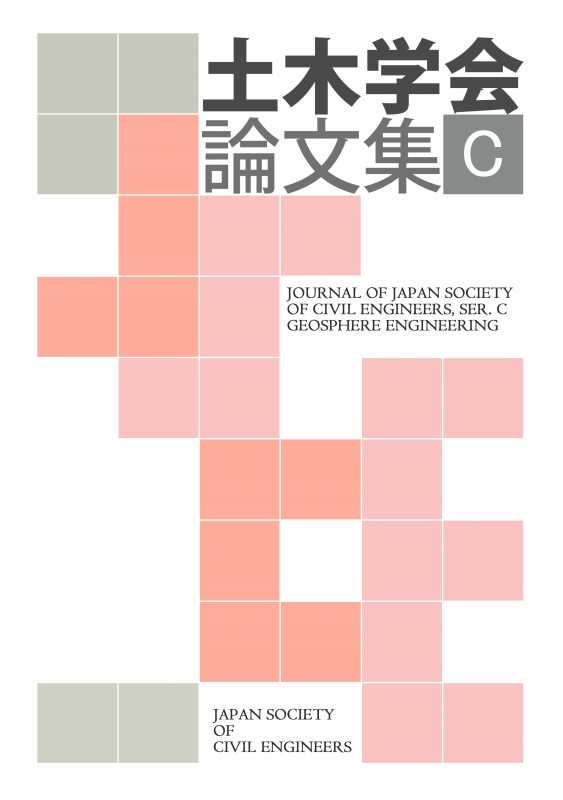Current issue
Displaying 1-7 of 7 articles from this issue
- |<
- <
- 1
- >
- >|
Paper (In Japanese)
-
2022 Volume 78 Issue 4 Pages 277-286
Published: 2022
Released on J-STAGE: October 20, 2022
Download PDF (6988K) -
2022 Volume 78 Issue 4 Pages 287-305
Published: 2022
Released on J-STAGE: October 20, 2022
Download PDF (8754K) -
2022 Volume 78 Issue 4 Pages 306-320
Published: 2022
Released on J-STAGE: October 20, 2022
Download PDF (6049K) -
2022 Volume 78 Issue 4 Pages 321-340
Published: 2022
Released on J-STAGE: October 20, 2022
Download PDF (3505K) -
2022 Volume 78 Issue 4 Pages 341-354
Published: 2022
Released on J-STAGE: October 20, 2022
Download PDF (2733K) -
2022 Volume 78 Issue 4 Pages 355-368
Published: 2022
Released on J-STAGE: December 20, 2022
Download PDF (2129K)
Technical Report (In Japanese)
-
2022 Volume 78 Issue 4 Pages 261-276
Published: 2022
Released on J-STAGE: October 20, 2022
Download PDF (7694K)
- |<
- <
- 1
- >
- >|
